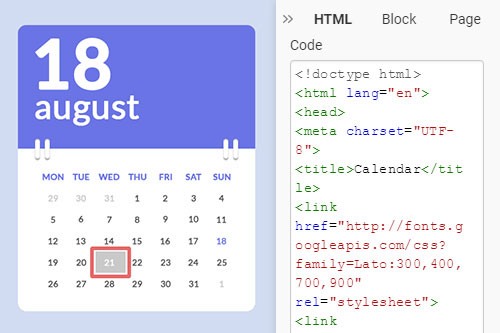Comment ajouter le code HTML personnalisé à un site Web

How To Use The Custom HTML Element To Integrate HTML Code Into Your Website
To let you create even more unique and personalized websites with existing HTML elements and customized built-in element codes, we provide you with the possibility of manually extending the custom element roster of your website with a custom HTML element. Either by standard code integration or using Shadow DOM create elements that you think must be present on your page, but, unfortunately, is currently absent in our builder. You can define the custom element and use customized built-in HTML elements in the HTML code panel of your website to integrate custom elements you see fit. Be sure to use valid custom element names and a precise element definition for every new element.
However, when creating a custom element name, make sure that native HTML elements do not have the same one in their list. Also, a valid HTML element name must contain a tag name so this new element in HTML can be quickly found among other custom elements and extracted using the HTML parser, even if he is in a Shadow DOM. Custom elements allow usage of a shadow root, but custom elements implemented into Shadow DOM must have a built-in element definition because custom elements are v1 reusable web components, so it will be bad to lose web components and customized built-in elements in the code.
Using custom elements v1 reusable HTML components you can extend custom HTML elements defined as built-in elements with web components polyfills or your personal developments. Customized built-in elements v1 reusable web components will be a part of Shadow DOM and shadow root automatically if the valid custom element name of the customized built-in element will not be altered. Thus element is created incorrectly, so the valid custom element name must be present to register the new element in HTML. The custom element inherits all customized built-in element features and becomes a separate HTML element. Custom elements or altered elements allow web developers to realize their bold and innovative ideas.